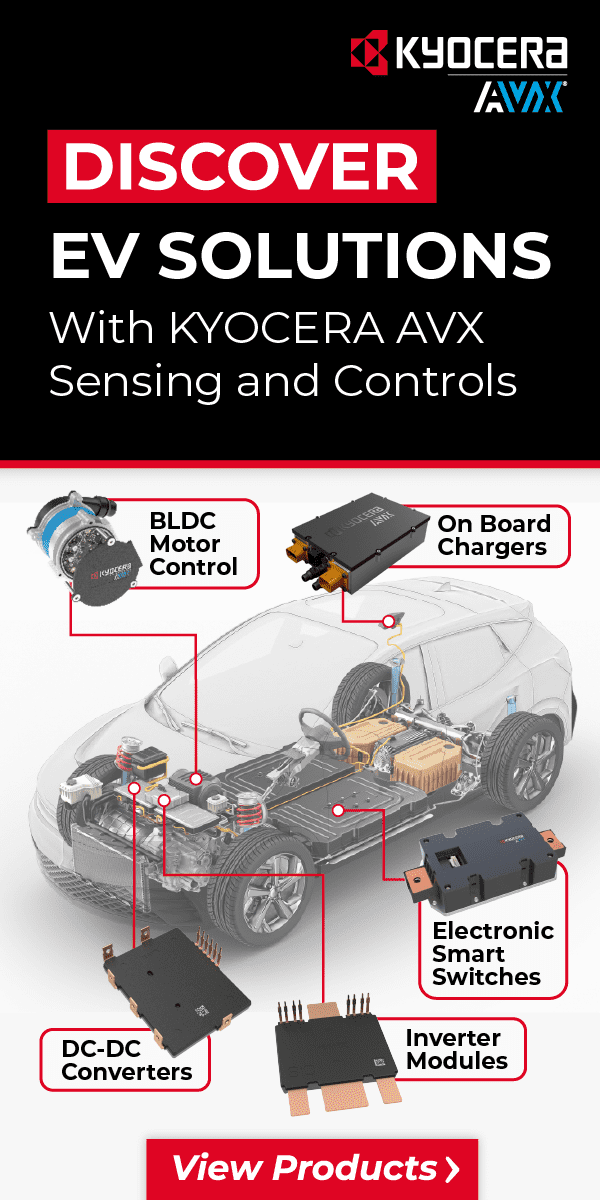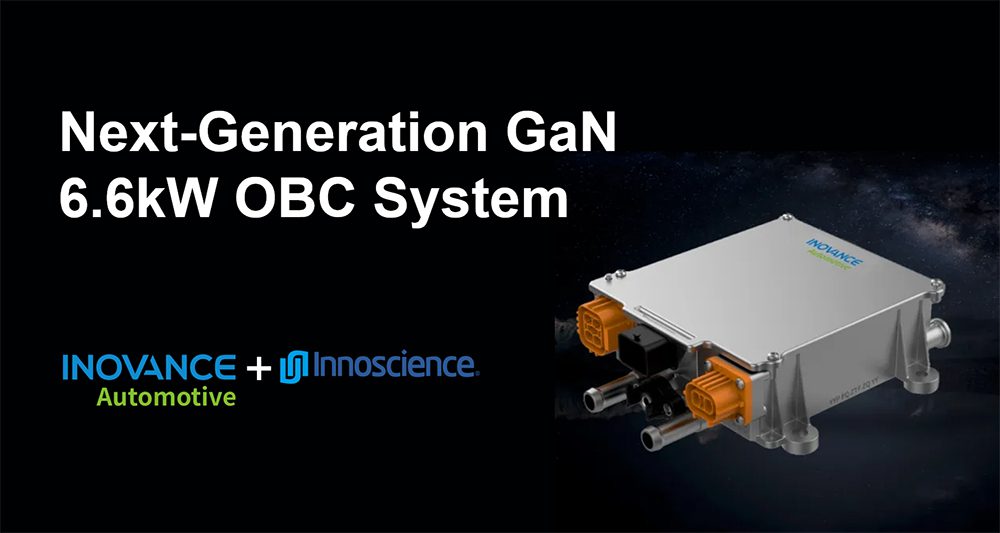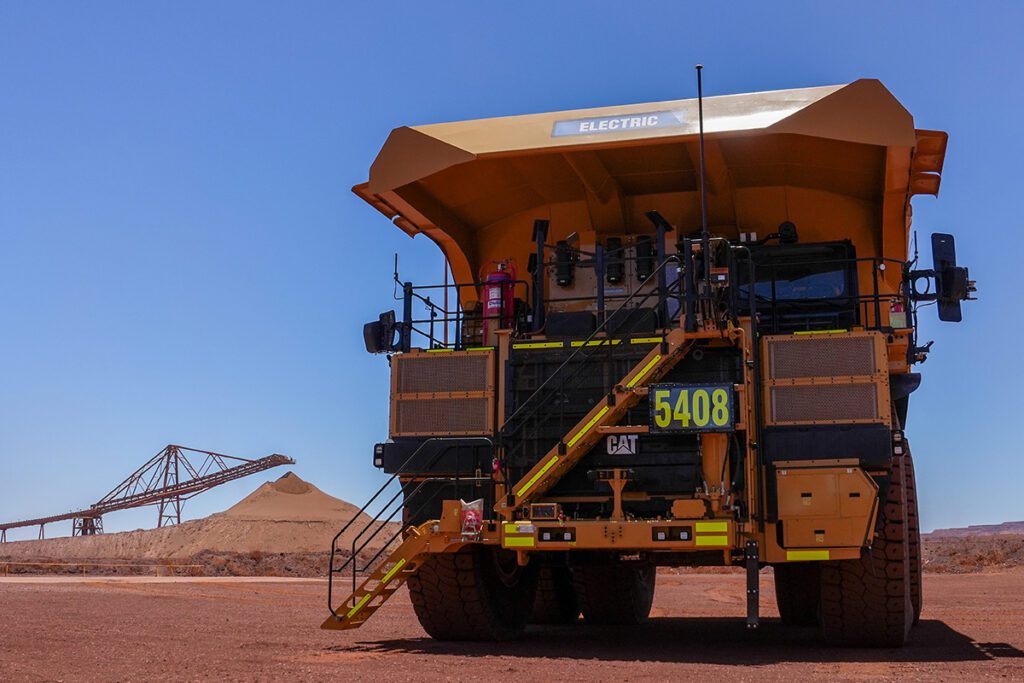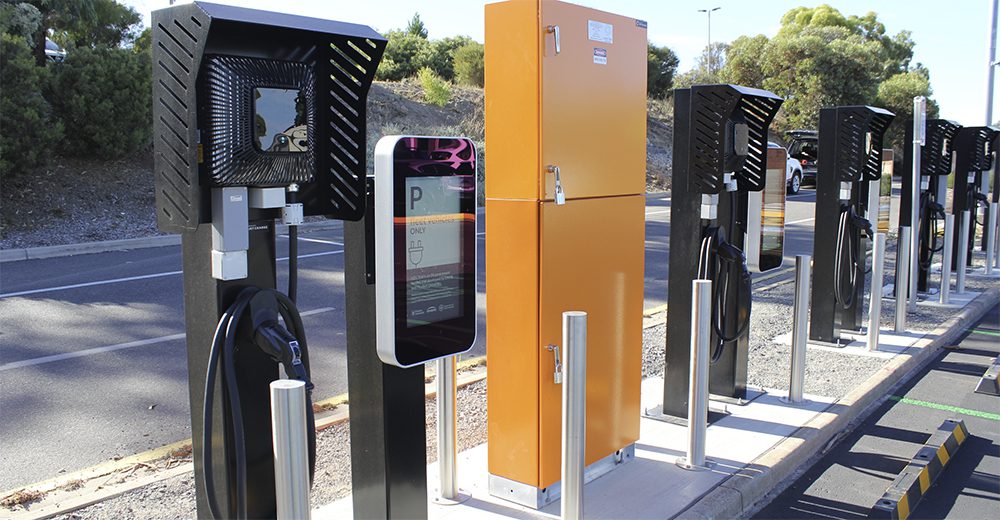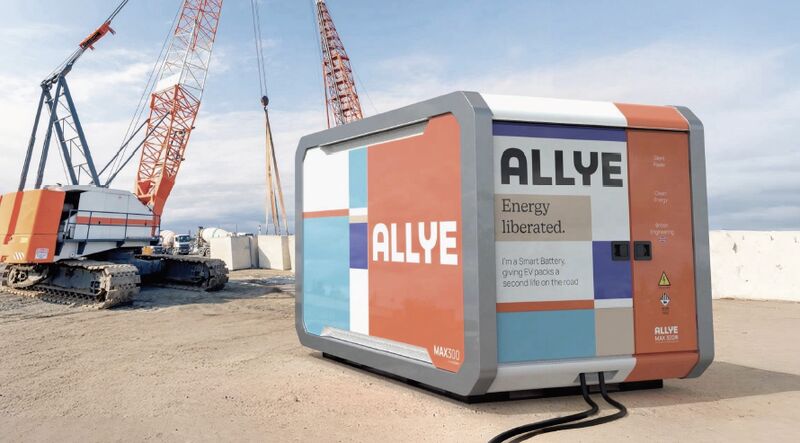President Joe Biden has announced that he will replace the entire US federal fleet with US-made electric vehicles. “The federal government also owns an enormous fleet of vehicles, which we’re going to replace with clean electric vehicles made right here in America, by American workers,” said the 46th president.
The administration has not announced a timeline for replacement, or any other details. It seems likely that EVs will be gradually phased in for some applications—there are some specialty vehicles for which few or no viable electric options exist. But even the prospect of electrifying such a huge number of vehicles represents a milestone for the EV industry (and a big cost-saving opportunity for taxpayers).
As of 2019, the US government owned 645,000 vehicles (including 173,000 military vehicles and 225,000 post office vehicles), which consumed 375 million gallons of gasoline and diesel fuel, and around $4.4 billion in vehicle costs, according to the General Services Administration (GSA). As of July 2020, the fleet included only 3,215 electrified vehicles. By one estimate, upgrading the fleet to EVs could cost $20 billion.
The US Post Office’s 140,000 delivery vans in particular are long overdue for replacement—the existing Grumman LLV has been the mainstay of the USPS delivery fleet since the late 1980s. The average age of these trucks is 28 years, and they lack many features that are considered standard on modern vehicles, such as airbags, anti-lock brakes and air conditioning.
The government has theoretically been evaluating proposals to replace these dinosaurs for several years, but the choice of a supplier has been postponed again and again. The latest word was that there were three companies still in the running, and Ohio-based Workhorse (NASDAQ: WKHS) was the only one proposing an EV. The company’s stock price has ballooned over the past year, and it soared another 30% following President Biden’s announcement.
Biden also announced plans to tighten the definition of “US-made.” The president said he would close “loopholes” that allow vehicles to be considered US-made even if key parts such as engines, steel and glass are manufactured abroad.





